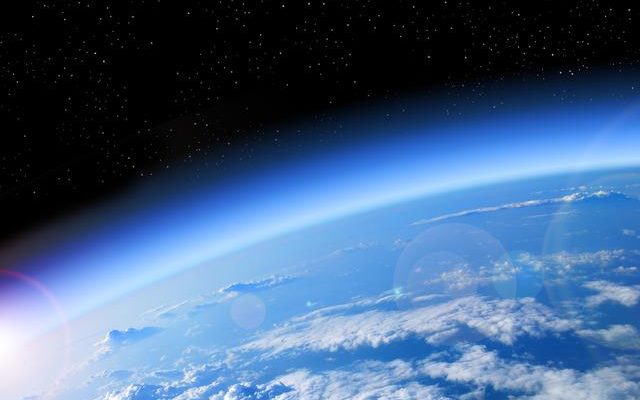The European Space Agency announced. The area where the ozone layer is thinned has reached 26 million square kilometers. The size of the hole that forms above Antarctica every year is now almost 3 times the size of Brazil. One of the reasons why the hole that occurs every year is at a record level this year is global warming…
NATURAL DISASTERS WILL INCREASE
The destruction of the ozone layer is increasing due to the use of carbon gases. To stop this, the world began to implement the Montreal Protocol, but it was too late. Everyone is worried about this thinning of the bard layer. Considering the global warming aspect of the issue, an increase in the number of natural disasters is expected.
“AS GLOBAL TEMPERATURE CONTINUES TO INCREASE…”
According to ATV news, Boğaziçi University Kandilli Observatory and Earthquake Research Institute Meteorology Laboratory Head Prof. Dr. Adil Tek stated the following:
“The ozone layer in the Southern Hemisphere has now started to become one of the highest values ever measured. High temperatures also have an effect. The ozone hole in the Southern Hemisphere is already reaching its peak in this season this year. Since it has reached its peak, it has reached the highest values.” “As long as the global temperature continues to increase, the hole in the ozone is likely to grow further, despite the promises in the Montreal agreement being adhered to.”
“BY 2030…”
Climate change and policy studies expert Prof. Dr. Murat Türkeş: “If the depletion of the ozone layer becomes stronger, there may be an increase in harmful Ultraviolet B rays, which harm humans, many other living things, agricultural production and forest ecosystems, as more Ultraviolet B radiation reaches the earth. Global warming is expected to increase by one and a half degrees Celsius in the coming years until 2030.” The global warming threshold may be exceeded much more and unfortunately the world will move to a new hot average. When temperatures increase so much, we experience many negative situations such as severe weather and climate events, disasters, floods, floods, droughts, forest fires and losses in agriculture. “This is accelerating,” he said.
